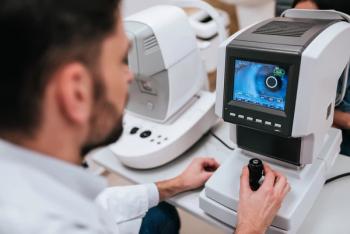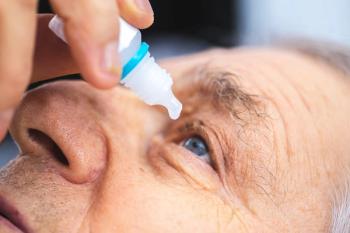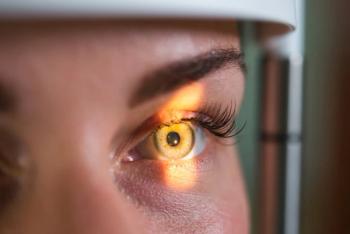
Low-vision care is patient-centered
Effective management of the patient with low vision requires considerably more of an optometrist than the ability to perform a low vision exam.
Effective management of the patient with low vision requires considerably more of an optometrist than the ability to perform a low-vision exam, according to Michael R. Politzer, OD, FAAO, FCOVD.
Dr. Politzer believes that the eye-care professional (ECP) must have a sincere interest in helping elderly patients, understand their need for independence and preserving personal dignity, and be committed to spending the extra time that they require. Likewise, the office and clinical staff need to be empathetic, compassionate, and patient, as well as professionally competent.
Dr. Politzer recommended scheduling patients with low vision on slow clinical days when a full or half day can be devoted to these time-consuming appointments. The office support staff needs to be aware of the additional time required to avoid overbooking.
The first visit, which lasts about an hour and a half, includes the examination, assessment of the patient's needs, recommendations for vision aids, and the opportunity for the patient to try different assistive devices.
"This will be technically more demanding than a regular patient exam, so allow at least 20 to 30 minutes," Dr. Politzer suggested.
A review of the patient's optometric and ophthalmic history and a standard low-vision examination are the starting point for everything that will follow. The low-vision exam should be followed with a comprehensive exam to confirm the diagnosis.
Once the patient's clinical picture is established, the clinician should discuss with the patient the role of assistive devices and pay attention to the lighting environment in achieving his or her vision goals. Engaging the patient is critical at this stage, Dr. Politzer noted.
"I tell patients up-front that I cannot restore their vision, but working together we can make their life more fruitful and successful," he said.
Following the introductory discussion, it is then time to introduce the patient to the appropriate assistive devices. Depending on the patient's diagnosis, you may want to employ prisms to eliminate double vision, filter lenses to manage light and glare issues, or a spot patch to prevent side vision loss.
Newsletter
Want more insights like this? Subscribe to Optometry Times and get clinical pearls and practice tips delivered straight to your inbox.








































